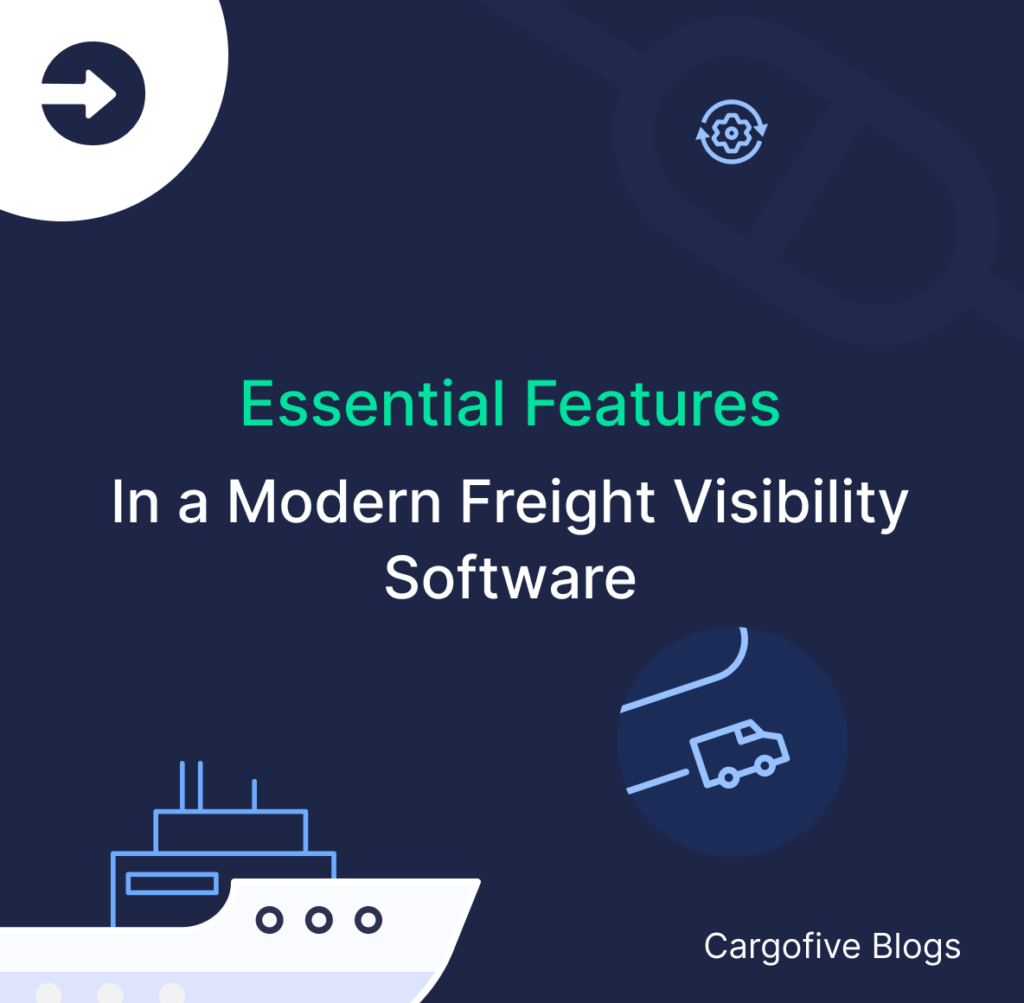Overview of Current Trends and Their Impact
The freight forwarding industry is experiencing significant changes, particularly with the adoption of weekly contract changes by carriers. The need for greater flexibility and responsiveness to market fluctuations drives this shift. As freight rates and capacity continue to be volatile, although shippers want more reliability on freight rates with traditional annual contracts, carriers are moving away from these to more dynamic, short-term agreements. This trend is expected to persist, as the freight market for the rest of 2024 is projected to stabilize with increasing rates and tightening capacity.
Reasons Behind the Shift to Weekly Contract Changes
Several factors are contributing to the shift towards weekly contract changes:
- Market Volatility: The freight market has been highly unpredictable due to factors like geopolitical tensions i.e. the Red Sea Crisis, economic fluctuations that affect the demands on the supply chain, and ongoing impacts left by the COVID-19 pandemic. Weekly contracts allow carriers to adapt quickly to these changes, guaranteeing the sustainability of their business, by setting their own rules and surcharges.
- Capacity and Rate Fluctuations: The disparity between Spot, Fak, and Nac rates has widened, prompting carriers to adopt shorter contract periods to take advantage of favourable rates when they appear.
- Technological Advancements: Enhanced data analytics and digital tools are enabling freight forwarders and carriers to better predict and respond to market trends in real-time, making dynamic pricing models more feasible.
Historical Perspective: How Sea Freight Contracts Used to Work Versus Now
Historically, freight contracts were typically quarterly or monthly agreements, providing stable rates and guaranteed capacity over a set period. This model suited a more predictable market environment. However, in recent years, several factors have disrupted this stability:
- Quarterly or Monthly Contracts: Traditionally, freight forwarders and carriers would negotiate monthly or quarterly contracts, locking in rates and capacity. This provided predictability but could lead to inefficiencies if market conditions changed significantly during the contract period.
- Spot Rates: Alongside the previous contracts, freight forwarders sometimes used spot rates for unexpected or urgent shipments. Spot rates are highly flexible but can be volatile, reflecting immediate market conditions and ship availability.
- Dynamic Pricing and Weekly Contracts: The current trend towards weekly contracts reflects a more agile approach, allowing adjustments based on weekly market data. This model helps carriers manage risk and optimise costs more effectively, given the frequent changes in freight rates and demand.
Strategies for Freight Forwarders
To navigate these changes, freight forwarders can implement several strategies:
- Leverage Technology: Utilising advanced analytics and real-time data can help forwarders anticipate market trends and adjust pricing strategies accordingly. Investing in digital tools like Cargofive, can transform freight forwarders commercial processes, helping them maintain competitiveness in the challenging environment that’s the logistics industry today.
- Flexible Contracting: Using a mix of spot and contract rates can provide flexibility and help manage risk. This hybrid approach allows forwarders to adapt to short-term changes while securing long-term stability.
- Strong Relationships: Building strong partnerships with carriers can ensure better negotiation power and access to capacity. Maintaining transparent and proactive communication is key to managing expectations and ensuring service quality.
- Cost Optimization: Continuously seeking ways to reduce operational costs without compromising service quality can help forwarders remain profitable. This includes optimising fleet management, improving route planning, leveraging economies of scale or the implementation of Rate Management Platforms like Cargofive.
By understanding the current trends and adopting these strategies, freight forwarders can successfully navigate the dynamic market and thrive amidst the ongoing changes.
AUTHOR



